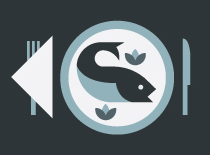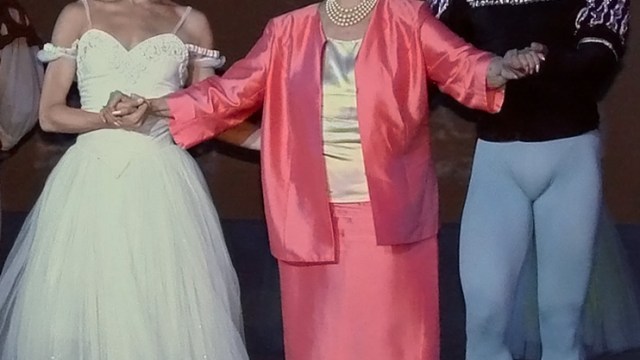Visual Guides to Sustainable Seafood

Over the past couple of years, marine sustainability has risen to the top of the environmental movement’s concerns — from sustainable seafood policies for retailers to cultural landmarks like $100,000 prize TED awarded ocean researcher Sylvaia Earle in 2009 for her efforts to protect the oceans. But in a supply/demand market economy, our seafood choices as consumers have a significant impact on the issue. So how can design help consumers make smarter, more sustainable seafood choices?
Information visualization seem like the perfect design solution to what’s to a large degree an awareness and education problem, empowering well-meaning but confused consumers to make the right seafood choices. Today, we look at three visually-driven guides to marine sustainability for the dinner table.

Last year, the Monterey Bay Aquarium released a sophisticated portal for seafood recommendations, including a set of downloadable pocket guides tailored to your specific geographic location. But the true highlight of the effort was this fantastic free iPhone app enabling sensible seafood choices at the epicenter of the decision-making process: on the go, in restaurants and at the grocery store.

But despite the rich and practical information, neither the pocket guides nor the mobile app were really feats of design, utilizing only bare essentials like color-coding and a basic column-based layout. To make the recommendations more, forgive the pun, digestible, there had to be a more visual and intuitive approach to presenting this information.
That’s exactly what GOOD Magazine did in their excellent The Right Fish infographic, part of the ongoing Transparency series presenting information visually. GOOD took the various location-specific Monterey Bay Aquarium guides and visualized them in a single, succinct, visually compelling blueprint to sustainable seafood.
In a slightly different take, Seattle-based oceanographer, humanities teacher, and computational artist Neil Bass recreated the Monterey Bay Aquarium recommendations as a visual pocket guide, with additional information about fish toxicity besides the ecological considerations, adding a layer of human health to the original environmental health perspective. The guide plots various fish species on a Cartesian system of ecology and toxicity.

Though not as visually and typographically sophisticated as it could be, Bass’ guide offers a comprehensive yet user-friendly decision-making tool for a complex issue and an overwhelming spectrum of possibilities, and is available as a free downloadable PDF.
Finally, as welcome as these visual guides to sustainable seafood are, they are only as powerful as their reach. While a handful of environmentally-sensitive retailers like Whole Foods do offer such guides to their customers, most don’t. Yet they should be available in every grocery store in the world, every fish counter at every farmers’ market, every restaurant and every diner. But until then, we have to fend for ourselves in respecting the oceans — so grab the Seafood Watch iPhone app and print one of the visual guides for your wallet. Earth’s most precious resource will thank you.
Maria Popova is the editor of Brain Pickings, a curated inventory of miscellaneous interestingness. She writes for Wired UK, GOOD Magazine and Huffington Post, and spends a shameful amount of time on Twitter.






